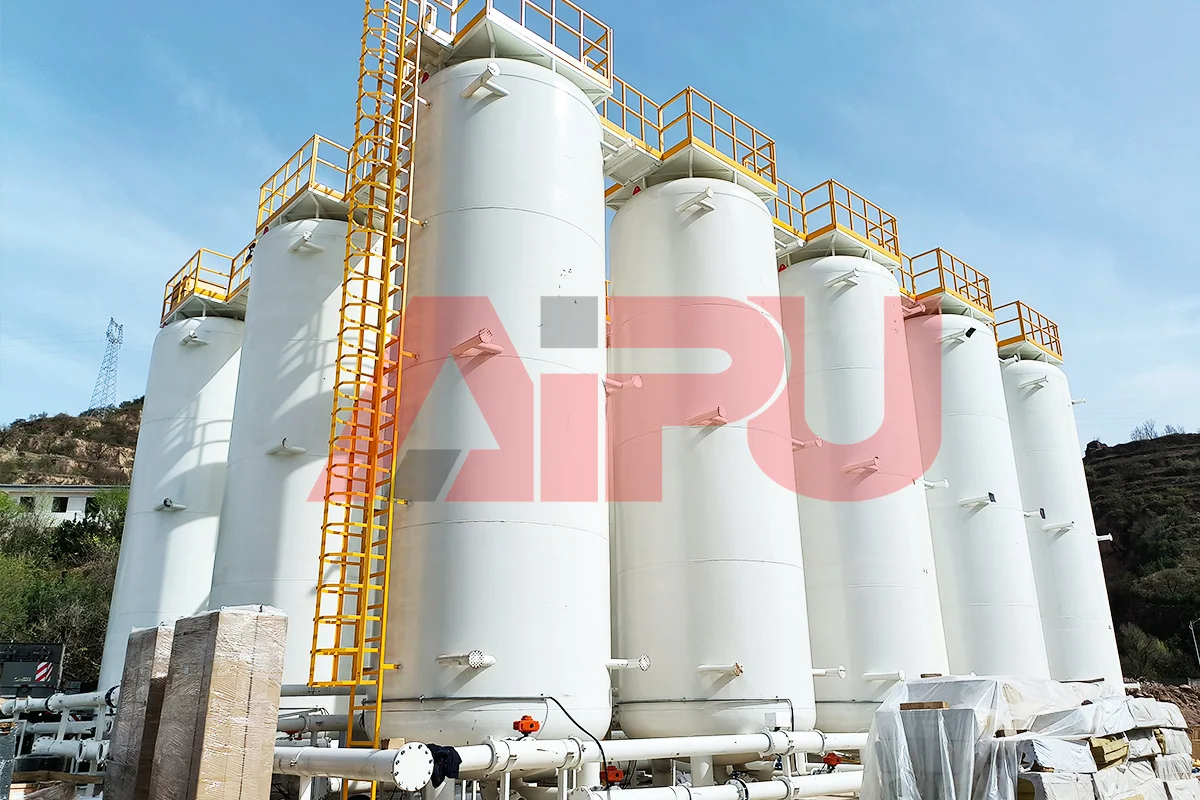Cement silo, a kind of closed storage tank which is used to store grain cement fly ash and other bulk materials at oil and gas drilling site. These silos protect cement from moisture and air, preventing clumping and ensuring the material remains usable for extended periods.

How to select a cement storage silo These factors we should take into consideration:
Project Scale and Cement Consumption
The size and scope of your construction project determine how much cement storage is needed. Larger projects or those with continuous demand require bigger silos to avoid frequent refilling and ensure uninterrupted supply.
Material Characteristics
Properties of the cement or material stored, such as bulk density, particle size, fluidity, and moisture sensitivity, affect how much can be efficiently stored and discharged. For example, materials with poor fluidity or high moisture content may require specialized silo designs and impact usable capacity.
Discharge and Feeding Systems
The method of loading and unloading cement influences silo size. Efficient discharge systems can allow for taller, narrower silos that optimize capacity while reducing structural stress and costs.
Structural and Environmental Factors
The silo’s height and diameter affect capacity but must be balanced against structural stability, material strength, and environmental loads such as wind and snow. Geological conditions and foundation bearing capacity can limit maximum silo size.
Future Expansion Plans
Selecting a silo with slightly more capacity than current needs allows for growth and avoids costly upgrades or replacements later
Choosing the right cement silo capacity requires a comprehensive assessment of project demand, material properties, site conditions, structural constraints, and future needs to ensure efficient, safe, and cost-effective cement storage. So what’s your problems for cement storage silo?
